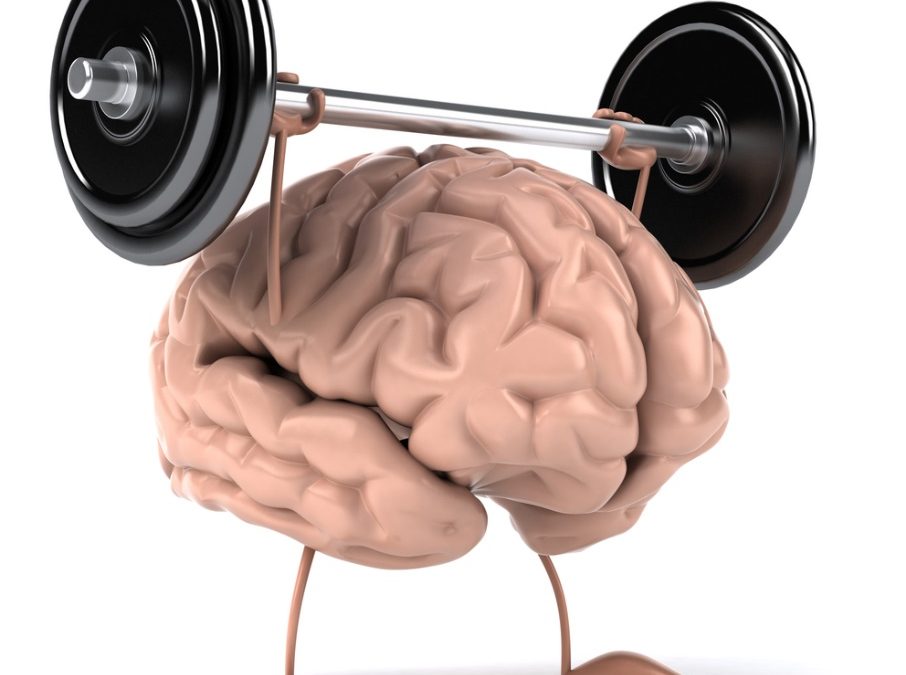By Rea Anne Scovill, Ph.D.
Last week I described how our brains prepare our bodies to fight or flee, when the problem can’t be solved that way. When dealing with another person, unless they’re brandishing a knife or pointing a gun at us, these wired-in responses just get in the way. One trigger is when we encounter people whose behavior differs from what the dominant group around us finds acceptable. We can feel embarrassed ourselves or shun and even bully others when our groups’ behavioral expectations aren’t met. Media reports blast us with news of violent fight-or-flight reactions when people refuse to accept cultural, gender-related and other differences between groups. These occur when mental fitness has broken down among large groups of people.
How can our Executive Brain (EB) prevent us from getting into these wired-in, no-longer helpful reactions when we encounter people with behavior that disturbs us? Our EB must step in quickly to stop the chemistry of fight-or-flight from flooding it. Only then can it lead us to choose our best response. Our EB needs the chance to evaluate all relevant information carefully, with the open mind of a scientist, before it makes its choices. When we can maintain this EB capacity to approach new people and experiences with our EB fully in charge, we’re well on the road to mental fitness.
Scientists offer the EB a shortcut when they identify a trait as opposed to a person’s state of mind. We understand that traits like intelligence (IQ) or height are wired-in and resistant to change. There are also personality traits that involve behavior that is resistance to change. When someone’s in a state (of mind), upset, calm, etc., they’re better able to control and change their behavior. Before we’re critical of someone’s behavior (impulsivity, absent-mindedness, emotional reactivity) we need to consider that it may reflect a trait and be harder for them to change, than it would be for us. Our mentally fit EB will also recognize that even behavior that’s not wired-in, like cultural differences, must be respected for positive relationships. Judging and shunning or bullying are variations of fight-or-flight which reflect inadequate EB self-management.
One example of a trait is defined in Sensitive: The Untold Story, a video you can see this Saturday. It’s also available through Elaine Aron’s website, www.hsperson.com , along with a self-test you can take. Since 1996, through her book, The Highly Sensitive Person: How to Thrive When the World Overwhelms You, Aron has provided comforting and helpful information about this “HSP” trait, now called sensory processing sensitivity. If you (or someone you love) struggle with anxiety (including social anxiety) or depression, feel like you don’t fit in, or feel stressed out a lot, you should check it out. You’ll also discover that HSPs are conscientious, very compassionate, appreciative of beauty and creative. As an HSP herself, Elaine Aron developed this video to help people around the world recognize and work better with HSPs’ weaknesses in order to support fuller expression of their strengths, which she believes our troubled world needs.

